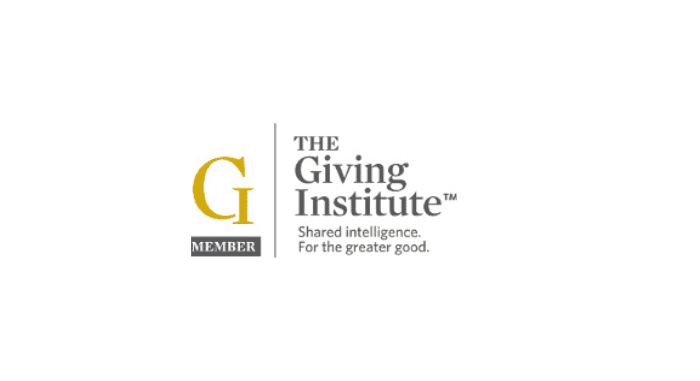By: David T. Shufflebarger, Senior Partner
Two stewardship incidents stick vividly in my mind even though they were 25 and 35 years ago. Both times I was mad as hell.
The first involved a large program endowment and an aggressive Dean. We had a very good investment year and wound up in the top 10 in the NACUBO (National Association of College and University Business Officers) Endowment Survey. We were slightly ahead of Harvard and made sure the campus knew that.
The Dean, who was smart enough to know better, wanted us to double the endowment spending rate as a result so that he could fund a visionary expansion of the program. When we refused, explaining that we had a commitment to preserving the spending power of the endowment and that there would be down years, he went ballistic. With a straight face he had a faculty meeting and accused the President and me of spending the investment windfall on a program in another college. Suffice it to say that we had a heated one-on-one discussion that ended his tirade, but it took several meetings with faculty to repair the damage.
The second involved a Director of Admissions and a large scholarship endowment that had come to us through a bequest. The Director of Admissions had some bold enrollment growth goals and wanted to raid the corpus of the endowment to award more scholarships. ‘She (the donor) is dead and will never know,’ was the rationale he told the scholarship committee. I couldn’t believe my ears when I heard this afterwards from our staffer on the committee. Again, I had a serious discussion with my admissions colleague about how that was not the way we treated donors.
These bad memories were prompted by this month’s CASE Currents’ article on endowments under attack by politicians and a piece Bruce DeBoskey wrote arguing for rethinking the Donor Bill of Rights in light of advances in technology among other things.
A sidebar to the Currents’ article provided advice to deal with a situation where a faculty member was chafing under some endowment restrictions and planned to wait until after the donor died to spend the income on other priorities. While I applaud the advice to deal with the situation with the donor now, I would also suggest some counsel for the faculty member about not bending the rules.
The Donor Bill of Rights was developed by the American Association of Fund-Raising Counsel (AAFRC), Association for Healthcare Philanthropy (AHP), Council for Advancement and Support of Education (CASE), and the Association of Fundraising Professionals (AFP), and adopted in November 1993.
I think its principles are still sound today, but DeBoskey’s argument for his 10 ‘strategic partnership principles’ is well worth considering.
As a footnote, I had heartburn when I read a quote from Dr. Anita Levy, an AAUP (American Association of University Professors) official, commenting on how Western Carolina had negotiated a gift agreement with the Koch Foundation to allay faculty concerns about academic freedom. Ideally, Dr. Levy says: “We would not have universities taking money from the Koch brothers’ foundation at all.” Until now I was not aware that the AAUP had appointed itself as the gift police to determine which donors should be permitted to give to American colleges and universities. It’s one thing to take a stance against gifts that might impinge on academic freedom. It’s another to advocate refusing all gifts from a donor regardless of the circumstances.



